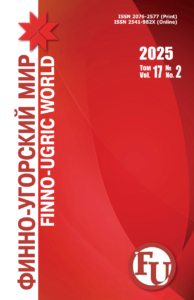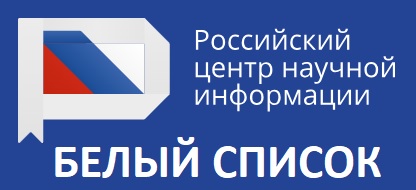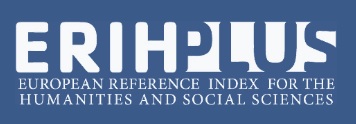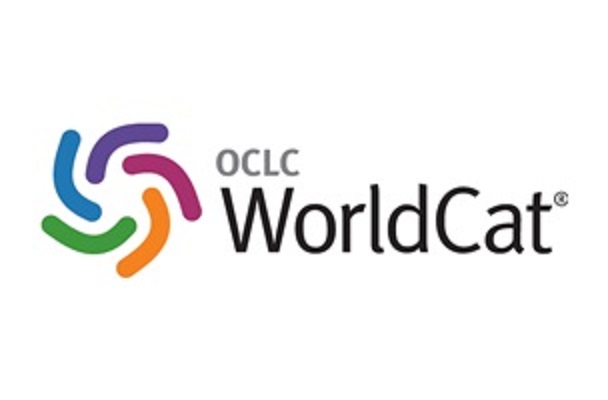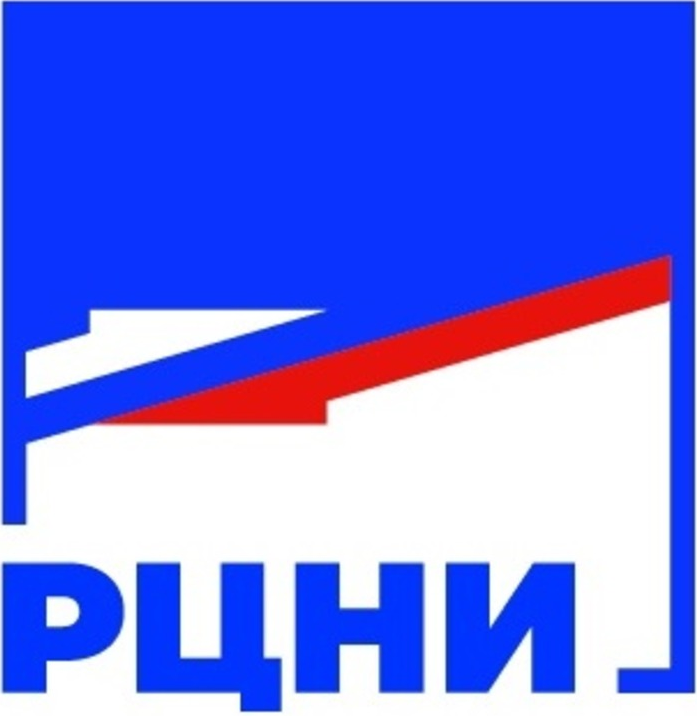Original article
https://doi.org/10.15507/2076-2577.017.2025.02.241-252
https://elibrary.ru/nwohcj
УДК / UDC 2-183.5(=511.152)
The Concept of Human Soul in Traditional Worldview of the Mordovians
S. S. Panfilova
National Research Mordovia State University, Saransk, Russian Federation
T. P. Devyatkina
Mordovian State Pedagogical University named after M. E. Evseviev, Saransk, Russian Federation
Abstract
Introduction. Currently, there is a growing relevance in the study of animism within the traditional cultures of Finno-Ugric ethnic groups in the academic sphere. In this regard, a number of scientific gaps concerning the Mordovian people have been identified, necessitating further scholarly attention. The aim of this study is to provide a comprehensive description of the concept of the “human soul” in the traditional worldview of the Mordva. Based on this, the authors propose their own model of the “human soul” within traditional Mordovian culture.
Materials and Methods. The study was conducted based on published folklore-ethnographic materials, the authors’ field materials, and their own observations. The following research methods were employed in the work: the descriptive method, which allowed for the generalization of folklore and field materials; the systemic method, applied for the comprehensive analysis of folklore materials in their interconnection with ethnographic facts and cultural-historical processes; and the structural-typological method, which helped construct a comprehensive model of the concept of the “human soul” in the traditional culture of the Mordovians.
Results and Discussion. A comprehensive model of the concept of the “human soul” in the traditional culture of the Mordovians has been proposed, integrating structural, functional, and substantive components. For the first time, the soul of a living person was examined: its acquisition, location within the body, and external appearance. Additionally, information was supplemented regarding the transition of the soul to the afterlife, its existence there, and its interaction with the world of the living. A hypothesis was put forward about the possible belief among the Mordovians in the reincarnation of the soul among relatives. The authors concluded that in modern Mordovian culture, the rituals of commemorating the deceased’s soul have undergone significant transformation and exhibit similarities with those of Orthodox Finno-Ugric peoples and Russians.
Conclusion. The conclusions drawn by the authors contribute to the development of research on the traditional worldview of the Mordovian people. The proposed comprehensive model of the concept of the “human soul” can be applied to the study of animistic beliefs in the traditional cultures of other Finno-Ugric ethnic groups.
Keywords: Mordovians, folk beliefs, pre-Christian gods, human soul, funeral rites, memorial rites, deceased, reincarnation, folklore, myth, protective charms
Conflict of interest: The authors declare no conflict of interest.
For citation: Panfilova S.S., Devyatkina T.P. The Concept of Human Soul in Traditional Worldview of the Mordovians. Finno-Ugric World. 2025;17(2):241–252. https://doi.org/10.15507/2076-2577.017.2025.02.241-252
Information about the authors:
Serafima S. Panfilova, Cand.Sci. (Philol.), Associate Professor, Associate Professor of the Department of English Philology, National Research Mordovia State University (68 Bolshevistskaya St., Saransk 430005, Russian Federation), ORCID: https://orcid.org/0000-0002-0445-1007, SPIN-code: 6971-9981, scully_ss@rambler.ru
Tatiana Р. Devyatkina, Dr.Sci. (Philol.), Professor, Professor of the Department of Native Language and Literature, Mordovian State Pedagogical University named after M. E. Evseviev (11A Studencheskaya St., Saransk 430007, Russian Federation), ORCID: https://orcid.org/0000-0001-5334-688X, SPIN-code: 3716-0620, tatyana_devyatki@mail.ru
Authors’ contribution:
S. S. Panfilova – development of methodology; conducting a research and investigation process, specifically performing the data; preparation and creation of the published work by those from the original research group, specifically critical review, commentary or revision – including pre- or post-publication stages; verification, whether as a part of the activity or separate, of the reproducibility of results and other research outputs and other research outputs; presentation of the published work, specifically data visualization.
T. P. Devyatkina – ideas; formulation or evolution of overarching research goals and aims; conducting a research and investigation process, specifically performing the data; preparation and creation of the published work, specifically writing the initial draft (including substantive translation); oversight and leadership responsibility for the research activity planning and execution, including mentorship external to the core team.
All authors have read and approved the final manuscript.
Submitted 03.02.2025; revised 25.03.2025; accepted 02.04.2025.


